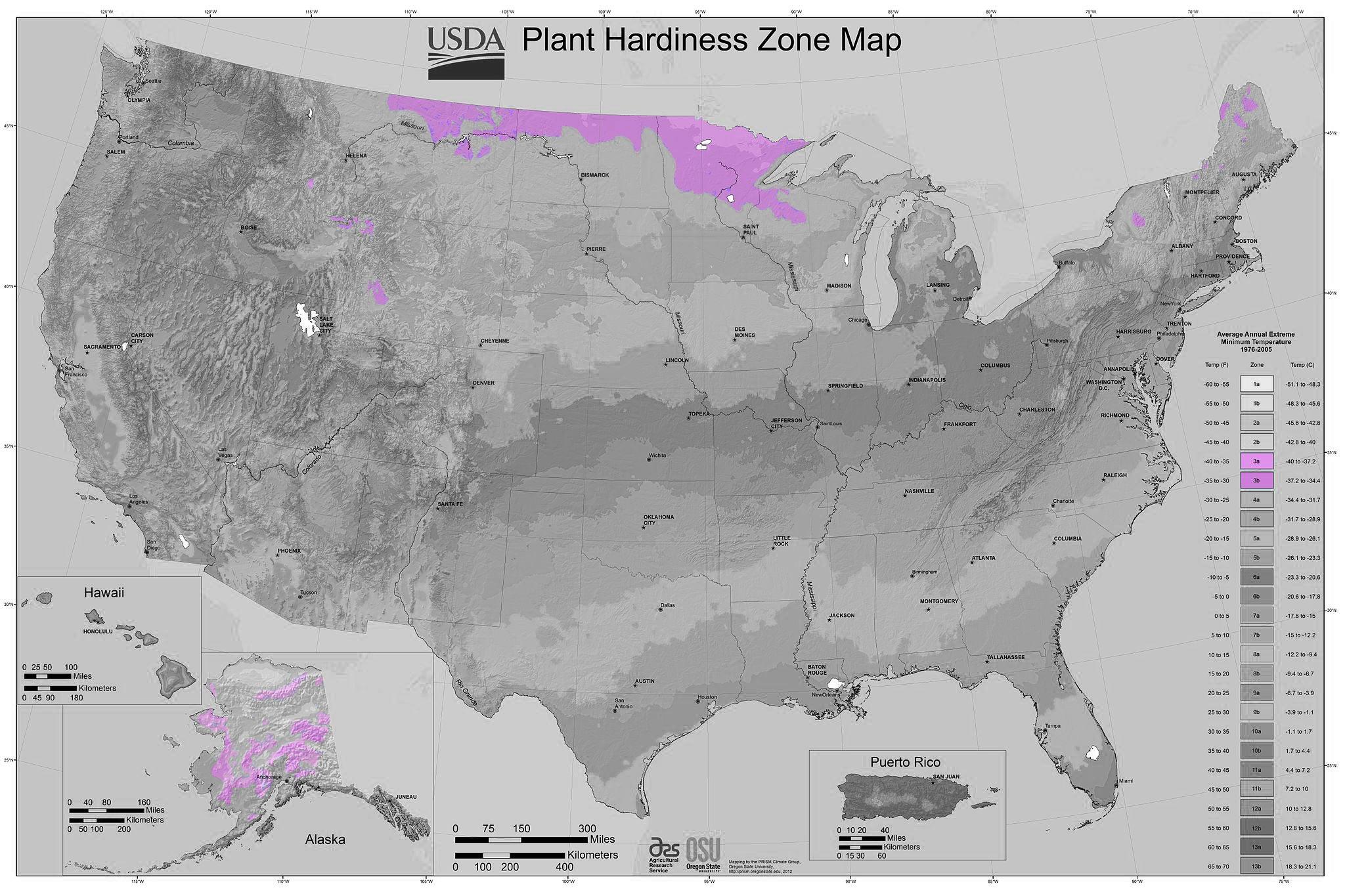
USDA Heardiness Zone 3
USDA Hardiness Zone 3 is a geographic area defined by the USDA (United States Department of Agriculture) to help gardeners understand which plants are most likely to thrive in their specific location. This zone is determined by the average annual minimum winter temperature, divided into 10-degree Fahrenheit zones.
In Zone 3, the average annual extreme minimum temperature ranges from -40 to -30 degrees Fahrenheit. This zone includes parts of northern states such as North Dakota, Minnesota, Montana, Wyoming, and regions in the northernmost areas of New England. Zone 3 also includes parts of Alaska and much of Canada.
The growing season in Zone 3 is shorter than in many other zones, typically from May to September, but this can vary based on local conditions. Despite the cold winters and shorter growing season, a variety of plants are hardy in this zone.
Many perennials, shrubs, and trees can withstand the cold temperatures of Zone 3. For instance, certain varieties of spruce, pine, and fir trees are well-suited to this zone. Many fruit trees, such as apple and pear, can also do well. Perennials such as peonies, daylilies, and hostas are also good choices for Zone 3 gardens.
When choosing plants for Zone 3, it's important to consider their hardiness rating, ensuring that they can withstand the winter temperatures. Other factors such as soil type, sunlight, and water requirements should also be considered. Gardeners should also remember that the USDA zone is a guide, and local conditions such as microclimates can also impact plant survivability.

